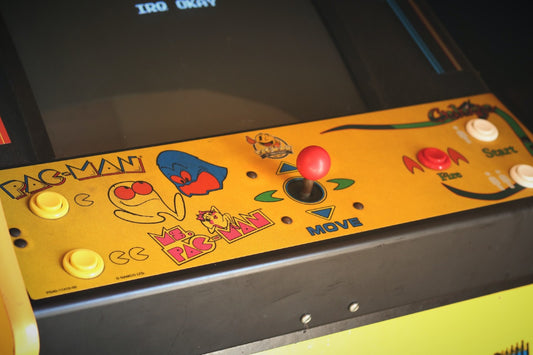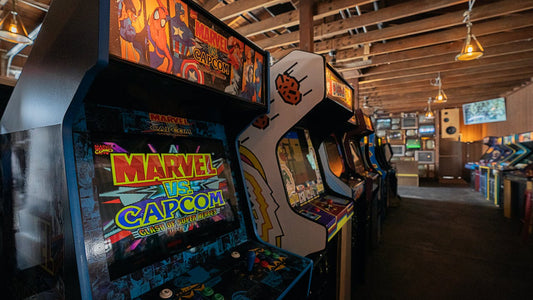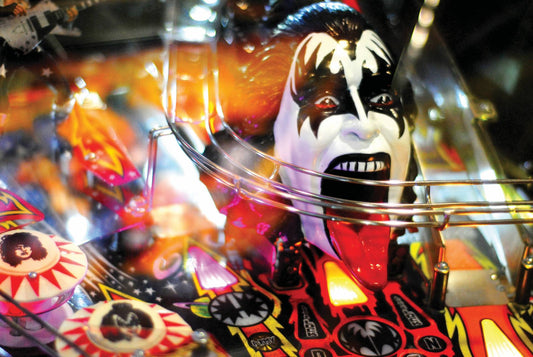Pac-Man
The 1980s were a decade where the video game market flourished. In 1980 itself, one of the most iconic video game characters was created – Pac-Man! The first platformer was also created in this year, and the market began to progress into new technologies.
Pac-Man
Launched in 1980 and becoming the highest-grossing game of all time, Pac-Man (known as Puck-man in Japan) is arguably one of the most iconic franchises in gaming history. The game is estimated to have generated more than $2.5 billion in quarters alone by the 1990s. Up to the modern day, Pac-man has appeared in over 30 officially licensed games, among countless unauthorised games in the midst of these also. Moreover, the popularity of the Pac-Man franchise can be seen through it being part of the Smithsonian Institution in Washington D.C., as well as being a feature of New York’s Museum of Modern Art.
This ground-breaking game introduced the first gaming mascot (Pac-Man himself) and power ups in the gameplay. Furthermore, Pac-Man was the first of its kind, establishing the maze chase genre, which broke away from the monotony of the ever-popular space-shooters and sports game craze of the mid to late 70s.
Another original aspect of Pac-Man, is the behaviour of the ghosts. One chases the player, two attack from the front whilst the fourth will chase and abruptly change course, seeming unpredictable. The four ghosts, Blinky (red), Inky (light blue), Pinky (pink) and Clyde (orange) use these methods to try and chase the player around the maze. The player controls Pac-Man by a joystick, and the aim is to eat all of the 240 dots on screen before the ghosts catch you. However, if the character eats a power pellet, all of the ghosts turn dark blue, enabling Pac-Man to eat the ghosts. Furthermore, fruit will often appear on the screen; when eaten by Pac-Man, bonus points are achieved.
Toru Iwatani, creator of Pac-Man, developed the game over the course of a year with a small team of nine people. Iwatani claims that the intention of Pac-Man was, in-fact, to attract girls to play arcades, as he felt that the market at the time seriously lacked games aimed at females. To make the game more suited for girls, Iwatani decided on the addition of a maze-based game. The Ghosts were likewise designed to appeal to girls, as he designed them to look ‘cute’.
Pac-Man was originally called ‘Puck-Man’, as the character is branded in Japan, due to the character looking like a hockey puck. However, Midway (US manufacturer of Pac-man) was concerned that the cabinets may be vandalised to form a more inappropriate word and alas, Puck-Man’s name was changed subsequently to Pac-Man.
At first sight, it did not look as if Pac-Man would become as famous as it is now. In-fact, the game was originally overlooked by critics and big players in the gaming industry, in favour of space-shooter games. Additionally, this was also the case for the general release in Japan. The game only gaining mediocre attention amongst the Japanese audience. Pac-man didn’t appear to be such a best-selling phenomenon until the general release in America.
Pac-Man grew to more popular heights than anything the game industry had ever seen, and was now the best-selling arcade game in North America. As well as this, the game was grossing over $1 billion in quarters within a year of release; and at the end of 1980 it even surpassed the revenues of the, then, highest grossing film – Star Wars! Furthermore, by 1982 400,000 Pac-Man arcade machines had been sold world-wide and it is believed that 7 billion coins had been inserted in these machines. The game was estimated to have had at least 30 million active players across the USA in 1982.



